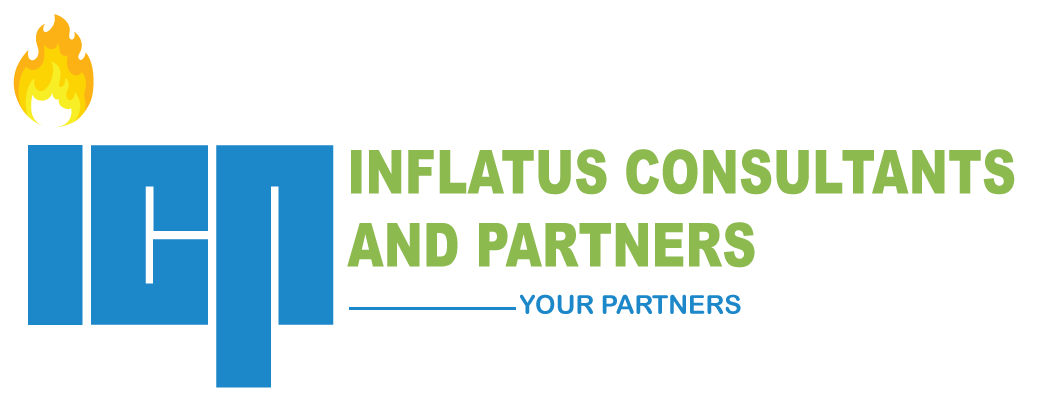
Project Stakeholders
Our world may never have seen so many conflicts – socio-economic, geo-political and sectarian – at any one time in its history as it does today. These have led to changes in the project environment, with attendant complexity, making the definition, identification and management of project stakeholders a herculean task.For instance, the 5th Edition of the Project Management Institute (PMI) Project Management Body of Knowledge Guide (PMBOK) defined a project stakeholder as an individual, group or organization who may affect, be affected by, or perceive itself to be affected by a decision, activity or outcome of the project.
However, the recently released 6th Edition has no definition for stakeholders. But it indicates that a broader definition of stakeholders is being developed. It expands the traditional categories of employees, suppliers and shareholders to include groups such as regulators, lobby groups, environmentalists, financial organizations, the media, and those who simply believe they are stakeholders (emphasis mine), who perceive that they would be affected by the work or outcomes of the project.
This raises pertinent issues that project teams need to consider. First, they need to recognize that current stakeholder management practices are likely to prove inadequate to meet the challenges of the emerging project environment.
Second, it appears that project management researchers are now coming to terms with the realities that practitioners have been grappling with in the last twenty years, in unstable political and economic environments. For instance, they have been instances where individuals and groups, who are otherwise neutral to the outcome or impact of a project, showed up at project sites and demanded settlement as de facto stakeholders.
Third, it introduces a source of unquantifiable risk to the project, which requires careful consideration and management. Contractors who are new to those environments are particularly vulnerable. People in areas which have been neglected by successive governments are likely to see any contractor as an agent or representative of Government and vent their frustrations on them.
Researchers and practitioners agree that efficient stakeholder management through Identification, Engagement Planning, Management and Monitoring is critical to project success. In fact, it is a critical success factor. But the first step in that process is stakeholder identification.
Given that just about anyone can invite himself into the project as a stakeholder, as noted above, stakeholder identification has become a major challenge. An otherwise straightforward process has been complicated by the socio-economic, political and cultural environment in which projects are implemented. This represents an unquantifiable risk to the project, and requires additional level of resourcefulness beyond traditional practices, to manage.
Perhaps, an example will suffice. I heard of a case where a telecommunications company needed to install a base station in a major city in West Africa. While planning for project execution, a team member casually asked if there had consulted the street boys (the mass of unemployed youth) in the area, but he was ignored. Who ever heard of unemployed street boys as project stakeholders! However, upon mobilization to site, the boys mobilized and shut down the site. Work could not proceed. The team was forced to negotiate and settle with them before the site could be reopened for work to commence. And that was after a lot of delay.
The same situation may be encountered in different forms in various parts of the world. The image above is from the Niger Delta of Nigeria, and they are protesting restructuring carried out by an oil company, although they are not employees.
Similarly, a recent news item reported that the Talibans have vowed to protect the 1,800km Turkmenistan-Afghanistan- Pakistan-India (TAPI) pipeline. They are recognized as major stakeholders! Can a contractor negotiate with them?
We have also heard of militants or militias in Libya ceasing oil field. What happened to the contractors that worked or were running projects there?
The outcome of all these is that high youth unemployment, political crises, armed conflict and any other form of instability muddles up the ability of the project team to identify project stakeholders.
That brings a new reality to stakeholder management. The team needs to look beyond the traditional definition of stakeholders and examine the socio-economic, political, religious and cultural environment, and its implication for project management; they might throw up unquantifiable project risk.
It is almost impossible to factor all the risks posed by these conditions into your project. Your only protection may be to leave the management of unknown stakeholders to the client or project owner to manage as part of access to site. Otherwise, the contractor, if unfamiliar with the environment, might run into unquantifiable losses.


The risk of managing project stakeholders is truly complex from past experiences especially Where the stakeholder communities have sizable unskilled unemployable youths. As complex as it seems, Engineer Emmanuel Udo has properly grounded this identified project fault line in this presentation. It is a smart recommendation to pass the risk to client or project owners though, but then project owners or clients without adequate knowledge of the murky economic politics among the stake holders totally fall back to greedy leaders to handle the stakeholders risk. This makes matters worse in the long run. Should the Client fallback to community leaders to mop the risk or not? – ‘Project Greenfield’ for SMEs! Great presentation Engr. Udo.
Thanks Bro. Peter